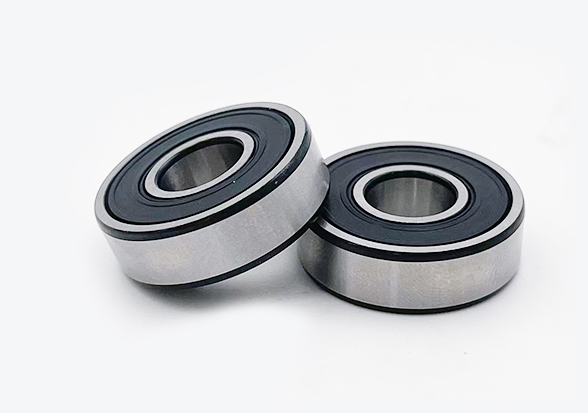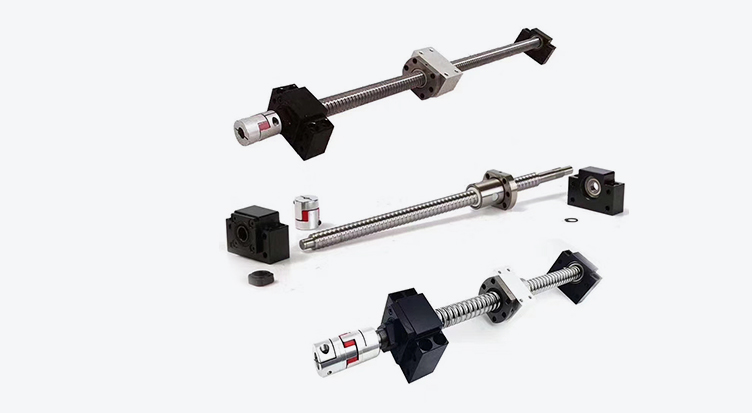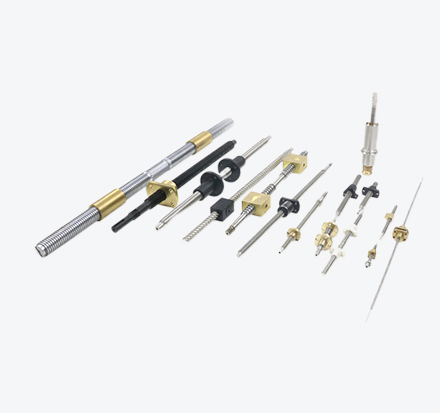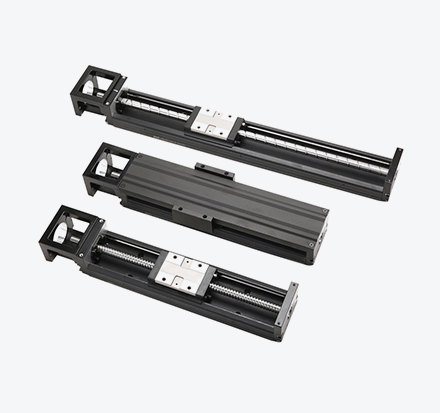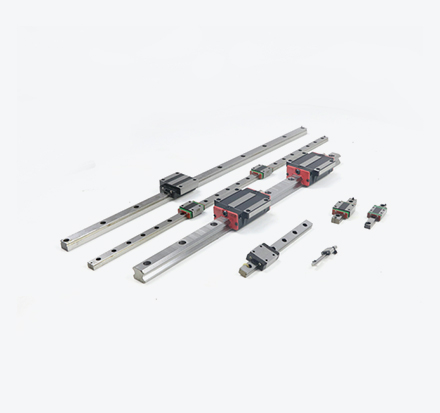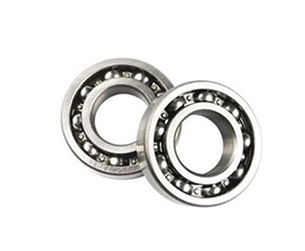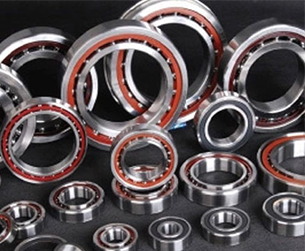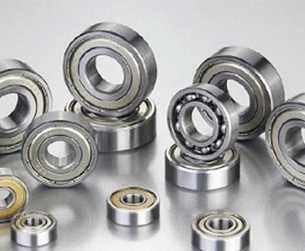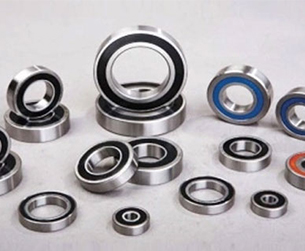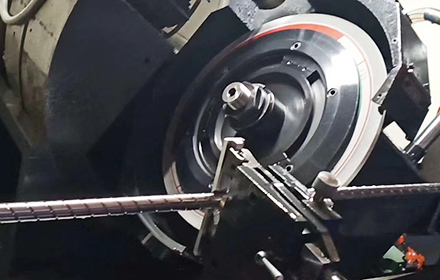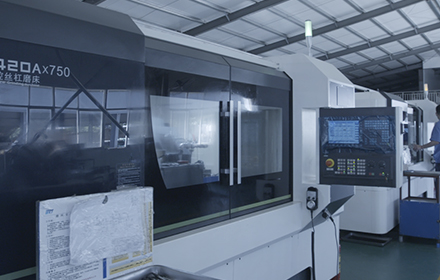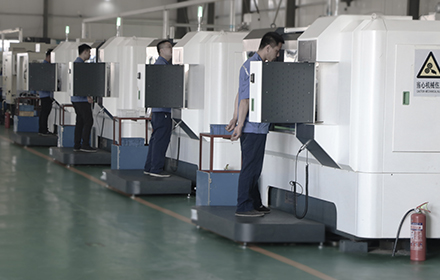As a leading manufacturer in the bearing industry, VXO Angular Contact Ball Bearings Factory takes pride in our commitment to precision engineering and exceptional performance. The world of ball bearings is diverse, with radial and angular contact ball bearings standing as two prominent contenders. In this comprehensive article, we will delve into the nuances of these bearings, exploring their load-carrying capabilities, design features, application suitability, construction, performance implications, and maintenance practices. VXO Angular Contact Ball Bearing supplier understanding these differences will empower businesses and professionals to make informed decisions when selecting bearings for various industrial applications.
How Radial and Angular Contact Ball Bearings Differ in Terms of Their Load-Carrying Capabilities
Radial and angular contact ball bearings differ significantly in their load-carrying capabilities. Radial ball bearings are primarily designed to support radial loads perpendicular to the shaft's axis. They have a high radial load capacity and are widely used in applications with predominantly radial loads.
Angular contact ball bearings, on the other hand, offer a unique ability to handle both axial and radial loads simultaneously. This is achieved through their contact angle, which allows the bearings to distribute forces in both directions effectively. As a result, angular contact ball bearings provide higher load-carrying capacity and versatility compared to radial ball bearings.
Design Features That Make Radial and Angular Contact Ball Bearings Suitable for Different Types of Loads
The design features that make radial and angular contact ball bearings suitable for different types of loads are rooted in their construction. Radial ball bearings feature deep groove ball designs that enable them to handle radial loads effectively. They have a greater number of balls and raceways optimized for radial load support.
Angular contact ball bearings, on the other hand, have an inclined raceway design, enabling them to handle combined axial and radial loads. The contact angle determines the load distribution between axial and radial directions, making angular contact bearings ideal for applications where both types of loads coexist.
Main Applications Where Radial Ball Bearings Are Preferred and Where Angular Contact Ball Bearings Are More Suitable
Radial ball bearings are preferred in applications where the load is primarily radial, such as electric motors, pumps, fans, and conveyor systems. They excel in providing smooth and efficient radial load support, reducing friction and ensuring reliable operation.
Angular contact ball bearings find extensive use in applications involving both axial and radial loads. Industries such as machine tools, automotive, aerospace, and robotics heavily rely on angular contact bearings for their superior load-carrying capacity, precision, and efficiency. For example, in machine tool spindles, angular contact bearings provide the necessary rigidity to withstand combined loads and maintain precise motion control.
The Impact of Contact Angle in Angular Contact Ball Bearings on Their Performance Compared to Radial Ball Bearings
The contact angle in angular contact ball bearings plays a pivotal role in their performance characteristics compared to radial ball bearings. The contact angle is the angle formed between the balls and the bearing raceways. It determines the distribution of loads between axial and radial directions.
For angular contact ball bearings, the contact angle enables them to handle both axial and radial loads. A larger contact angle allows for increased axial load-carrying capacity but may result in reduced radial load capacity. Conversely, a smaller contact angle provides higher radial load capacity at the expense of reduced axial load capacity.
In contrast, radial ball bearings have a 0-degree contact angle, making them optimal for pure radial load support. Their design focuses on providing efficient radial load distribution without the capability to handle axial loads.
Real-World Examples of Applications Where Bearing Selection Made a Significant Impact on the System's Performance
Real-world examples illustrate the criticality of bearing selection in optimizing system performance. In the automotive industry, the choice between radial and angular contact bearings in the wheel hubs has a substantial impact on vehicle handling, stability, and safety. The use of radial ball bearings ensures smooth and reliable rotation, improving the vehicle's overall drivability. In contrast, angular contact ball bearings provide the necessary rigidity and precision for robotic arms in industrial automation, enabling precise and controlled movements.
How Radial and Angular Contact Ball Bearings Handle Misalignments and How This Factor Affects Their Application Suitability
Both radial and angular contact ball bearings can accommodate some degree of misalignment. Radial ball bearings can tolerate slight misalignments between the shaft and the housing due to their design and construction. However, excessive misalignment can lead to increased friction and premature wear.
Angular contact ball bearings are more forgiving when it comes to misalignments, thanks to their contact angle, which allows some axial displacement. This characteristic makes them better suited for applications where minor misalignments may occur due to assembly or operating conditions.
Primary Differences in Construction and Geometry Between Radial and Angular Contact Ball Bearings
Radial ball bearings have a simple design with deep groove raceways to accommodate radial loads. They typically have a single row of balls and raceways, optimized for efficient radial load distribution.
In contrast, angular contact ball bearings have a more complex construction, featuring an inclined raceway design to handle combined axial and radial loads. They may have single-row angular contact bearing, double angular contact bearing, or even 4 point contact ball bearing designs, depending on the application requirements.
How Radial and Angular Contact Ball Bearings Contribute to the Overall Efficiency and Reliability of Rotating Machinery
Radial and angular contact ball bearings play a vital role in enhancing the efficiency and reliability of rotating machinery. Radial ball bearings ensure smooth and efficient rotation in various applications, reducing friction and energy consumption. They contribute to the overall performance and longevity of equipment such as electric motors, pumps, and fans.
Angular contact ball bearings are instrumental in applications requiring precision motion control and load-carrying versatility. Their ability to handle combined axial and radial loads with minimal friction ensures efficient and reliable operation in machine tools, robotics, and aerospace equipment.
Temperature or Environmental Conditions Favoring the Use of One Type of Bearing Over the Other
The operating temperature and environmental conditions significantly influence the choice between radial and angular contact ball bearings. High-temperature environments or applications with extreme temperature variations may require bearings with specialized materials and lubricants to withstand these conditions effectively. Radial ball bearings with suitable seals and lubricants are often preferred for applications requiring protection from contaminants or moisture.
Cost Comparison Between Radial and Angular Contact Ball Bearings and Its Influence on the Decision-Making Process
The cost comparison between radial and angular contact ball bearings depends on various factors such as bearing size, material, manufacturing complexity, and performance characteristics. Radial ball bearings are generally more economical due to their simpler design and construction. Angular contact ball bearings, with their specialized features and load-carrying capabilities, tend to be relatively more expensive. However, the decision-making process must consider the application's specific requirements and the benefits gained from using angular contact bearings.
Explanation of "Preload" and Its Application in Radial and Angular Contact Ball Bearings
Preload is the application of a slight axial force to eliminate internal clearance within a bearing. Preloading is commonly used in angular contact ball bearings to enhance their rigidity and eliminate any play, ensuring better control over motion. Preload in radial ball bearings is less common but can be applied to minimize backlash and deflection, improving the repeatability of motion in precision applications.
Factors to Consider When Selecting Between Radial and Angular Contact Ball Bearings for a Specific Industrial Application
Selecting between radial and angular contact ball bearings involves careful consideration of various factors:
Load Requirements: Evaluate the magnitude and direction of loads expected in the application to determine the type of bearing best suited to handle them.
Speed Requirements: Consider the rotational speed of the application and select bearings designed for the required speed range.
Precision and Accuracy: Determine the required level of precision and accuracy needed for the application.
Operating Conditions: Assess the environmental factors such as temperature, humidity, and contaminants that may impact the bearing's performance.
Cost: Compare the costs of radial and angular contact ball bearings and weigh them against the specific needs of the application.
The Difference in Speed Capabilities and Implications on Their Use in High-Speed Applications
High Speed Angular Contact Bearing is well-suited for high-speed applications due to their optimized design, low friction, and heat dissipation capabilities. Their contact angle reduces heat generation during high-speed rotation, making them ideal for use in spindles, machine tools, and aerospace applications.
In contrast, radial ball bearings also have good speed capabilities but are generally more suited to applications with moderate to high radial speeds. Their design focuses on efficient radial load support, which can be beneficial in applications such as electric motors and pumps.
Common Sealing and Lubrication Options for Radial and Angular Contact Ball Bearings and Their Impact on Performance and Maintenance
Both radial and angular contact ball bearings have various sealing and lubrication options to ensure optimal performance and maintenance. Sealing is critical to prevent contamination and retain lubrication within the bearing. Proper lubrication reduces friction and wear, enhancing the bearing's lifespan.
Specific Installation or Mounting Considerations That Differ Between Radial and Angular Contact Ball Bearings
Proper installation and mounting are essential for ensuring the optimal performance and longevity of ball bearings. While the principles of installation are similar for both types of bearings, angular contact ball bearings may require more precise mounting to achieve the desired preload and maintain accurate motion control.
Potential Failure Modes or Issues Associated With Using Radial and Angular Contact Ball Bearings and How They Can Be Addressed
Despite their robust design, both radial and angular contact ball bearings may encounter various failure modes and issues. Overloading, improper installation, inadequate lubrication, and contamination are common factors contributing to premature bearing failure. Regular maintenance, proper installation practices, and diligent monitoring can help address and prevent these issues, ensuring optimal bearing performance and longevity.
The Possibility of Using Radial and Angular Contact Ball Bearings in Combination to Achieve Specific Performance Characteristics in Certain Applications
In some applications, engineers may use a combination of radial and angular contact ball bearings to achieve specific performance characteristics. By strategically placing bearings with different load-carrying capabilities, engineers can optimize the system's performance, enhance rigidity, and improve precision.
Recommended Maintenance Practices to Ensure the Longevity and Performance of Radial and Angular Contact Ball Bearings
Regular maintenance practices are vital to extend the lifespan of ball bearings and ensure reliable performance. Routine inspection, proper lubrication, and timely replacement of worn bearings are integral to maintaining machinery efficiency and preventing costly breakdowns.
Future Developments or Advancements Expected in the Field of Radial and Angular Contact Ball Bearings
The bearing industry continually seeks innovations and advancements to meet evolving demands. In the future, we anticipate developments in bearing materials, lubrication technologies, and sealing mechanisms, all aimed at further enhancing bearing performance, reliability, and lifespan. Integration of smart sensors and condition monitoring systems will enable real-time monitoring of bearing health, facilitating predictive maintenance and minimizing downtime.
How Radial and Angular Contact Ball Bearings Contribute to the Overall Design and Performance of Various Mechanical Systems and Equipment
Radial and angular contact ball bearings are integral components in various mechanical systems and equipment. They contribute to smooth motion, efficient load distribution, and precise motion control in a wide range of applications, from electric motors and pumps to robotics and aerospace. Their distinct load-carrying capabilities and precision engineering ensure the reliability and longevity of rotating machinery, making them indispensable elements of modern industrial technology.
At VXO Angular Contact Ball Bearings Factory, we are committed to delivering precision-engineered ball bearings that excel in diverse industrial applications. Understanding the difference between radial and angular contact ball bearings is crucial for making informed decisions when selecting bearings for specific needs. Each type of bearing offers unique advantages, making them suitable for distinct load requirements, precision needs, and operating conditions. Trust VXO linear bearing manufacturer to unlock the power of precision engineering in your mechanical systems.
 English
English
